Basic knowledge of polarizer
The composition of the polarizer The earliest polarizer is mainly composed of a PVA film that can produce polarized light in the middle, and then a TAV protective film is compounded on both sides. In order to facilitate the use and obtain different optical effects, the polarizer supplier shall apply pressure sensitive adhesive on both sides and then cover the release film according to the requirements of the LCD manufacturer. This polarizer is the most common TN Ordinary total transmission polarizer. If you remove a layer of release film, and then compound a layer of reflective film, it is the most common reflective polarizer.
The pressure-sensitive adhesive used is a high-temperature and moisture-proof pressure-sensitive adhesive, and special dipping treatment is applied to the PVA (dye series products). The polarizer made is a wide-temperature type polarizer; the use of the pressure-sensitive adhesive is added to prevent The component that passes ultraviolet rays can be made into an anti-ultraviolet polarizer; the birefringent optical compensation film can be compounded on the original transmission film to make a polarizer for STN; and the light turning film can be compounded on the original transmission film. A polarizer with a wide viewing angle or a polarizer with a narrow viewing angle; coloring the pressure-sensitive adhesive, PVA film or TAC film used is a color polarizer. In fact, with the continuous development of new liquid crystal display products, the types of polarizers are also increasing.
1. Characteristics of polarized PVA film Polarized film PVA, as a product made by extension method, has the following unique characteristics:
ï¬ Light selectivity: choose to pass the light with the same polarization direction and extension direction;
ï¬ Temperature and humidity sensitivity: After moisture absorption or heating, the stretched linear molecular chain will automatically restore back to the clustered molecular chain, losing light selectivity.
ï¬ Vulnerability: It is easy to lose the light selectivity under the action of external force.
Classification of polarizers:
ï¬ Divided into ordinary polarizer and wide temperature polarizer according to temperature;
ï¬ Divided into ordinary transmission sheet and high transmission sheet according to transmittance;
ï¬ Divided into gray-white polarizer and color polarizer according to the background color;
ï¬ According to the composite optical film with different functions, it can be divided into total transmission sheet, semi-transmission sheet, total reflection sheet, optical compensation sheet, and viewing angle control sheet.
2. The main parameters that affect the performance of the polarizer:
Thickness; transmittance (single transmittance, parallel transmittance, vertical transmittance); polarization efficiency; color coordinate (NBS); composite film type; UV resistance
3. Factory adaptive test method and judgment standard of polarizer:
size:
A. Test method: use a ruler, micrometer or caliper to measure the length, width and thickness of the original polarizer film to be tested.
B. Judgment standard: The measurement result is qualified within the parameter range provided by the supplier.
Photoelectric performance:
A. Test method: attach the polarizer to the product and test the photoelectric performance with the same model of the same type of polarizer.
B. Judgment standard: The Voff value of the test sample is equivalent to the Voff value of the production product; the contrast of the test sample is greater than that of the production product; the background color of the test sample is consistent with the required background color.
reliability:
A. Test method: attach the polarizer to be tested to the glass and test the reliability performance together with the products with similar polarizers.
B. Judgment standard: After the reliability test, the optical and electrical performance and reliability test results are equivalent to the results of similar polarizers, and are within the scope of the test product model.
Pasting and peeling performance:
A. Test method: Paste the polarizer to be tested on the glass, repeat the pasting and peeling for many times.
B. Judgment standard: It can be repeatedly pasted and peeled more than three times. There is no residual glue on the glass after peeling three times.
4. Selection rules of polarizer:
ï¬ For the A + gauge product, in principle, the original whole polarizer is used, and some products can use TFT non-rotation triangle material; in principle, the original film is selected for the original whole polarizer.
ï¬ The face sheet of the A-standard product is generally selected from the original grade of the whole polarizer, TFT non-rotating triangle material, or the TFT trim polarizer with more inventory; or the TFT trim polarizer purchased from the main channel supplier in the future , The negative film uses the original grade whole polarizer or composite negative film.
ï¬ For class B products, try to use TFT trim polarizers and scraps with less inventory, or TFT trim polarizers that will no longer be major channel suppliers; composite negatives for negatives.
When customers have special requirements, special polarizers are selected according to customer requirements.
5. How to use polarizer:
ï¬ Handle gently, do not push on the surface with hard objects.
ï¬ Do not fold when handling.
ï¬ Separate and screen the graded pieces and corner pieces before being put into production.
ï¬ When attaching the polarizing film, the cleaning liquid remaining on the LCD surface must be completely evaporated.
ï¬ When cutting the ultra-wide temperature polarizer, the glue must be placed face down.
6. Storage and handling methods of polarizers:
Polarizer storage method:
Polarizers should be stored at room temperature and stored under shading at a humidity of less than 75%; when stored, they should be placed flat; the complete packaged polarizers of the supplier should be stacked according to the stacking height and stacking position marked by the supplier; Bulk polarizers are stacked in bulk, each 300 sheets need to be isolated and supported separately.
Polarizer transport method:
The polarizer should be placed on the uppermost layer of the transported object when it is transported, the height should not exceed the stacking height, and it should be handled lightly, not vertically, and not touched.
Attached table 2: Common specifications of polarizers Attached table 3: Some of the polarizers applied by our factory are classified according to the purchase method:
Original whole piece; original grade processed piece; out-processed whole composite piece; TFT leftover material; outworked TFT leftover material composite film; broken piece
Attachment 4: How to use the compound sheet in the factory:
ï¬ All composite polarizers are recommended to be color-separated in the factory before being processed by the outsourcing processor; then batched or fixed one color according to the color and then out-processed and compounded to ensure that the color of the polarizers before compounding is roughly the same.
ï¬ After color separation of the polarizers, the product department puts them in the warehouse again. Before slicing, the production department recommends that you know the background color of the product. If the background color is green or there is a slight rainbow in green, choose a slightly yellow polarizer; On the contrary, when the product background color is yellowish or there is a slight rainbow in yellow, a slightly greenish polarizer is used.
ï¬ When producing polarizers, it is recommended to use them in batches by color. Generally, do not store a large number of colors online to avoid confusion.
ï¬ After the color separation process, unless the color of the existing polarizers cannot meet the customer's background color requirements, it is not recommended to make large adjustments to the polarizer angle to avoid losing the photoelectric performance required by the product.
Our interactive touch foil is a new, transparent touch film ,with high accuracy ,easy to install on the glass,Acrylic ,or PC.It widely uesd to shipping mail,Education ,Exhibition,Hotel ,Airport etc.Our company is a top level company which grasp the technology for capacitive touch foil.Capacitive Touch Foil is also called "touch film", Nano Touch Foil, which is a grid matrix layer composed of two thin films with a layer of X and Y axis interlaced nanowires.It can through the glass or other objects to touch just like gesture.These smart touch foil by customers love and satisfaction.
pictures show:
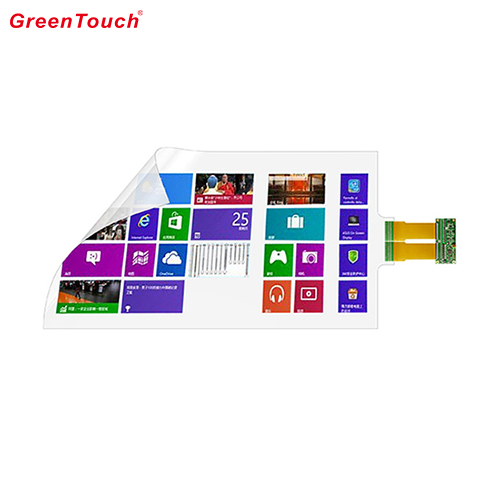
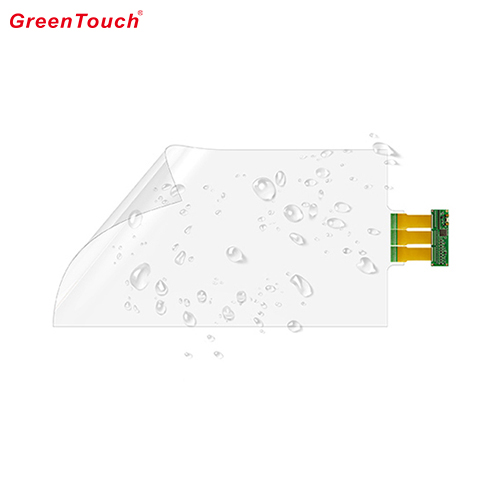
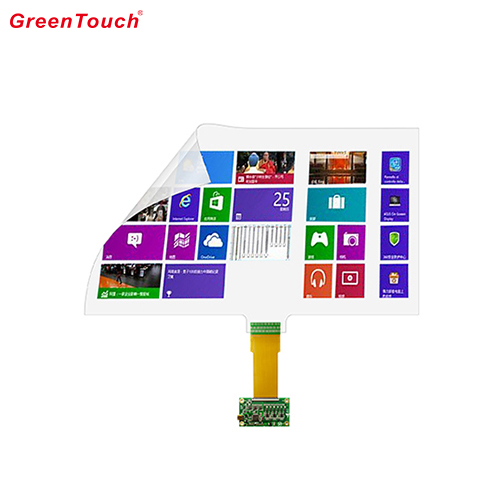
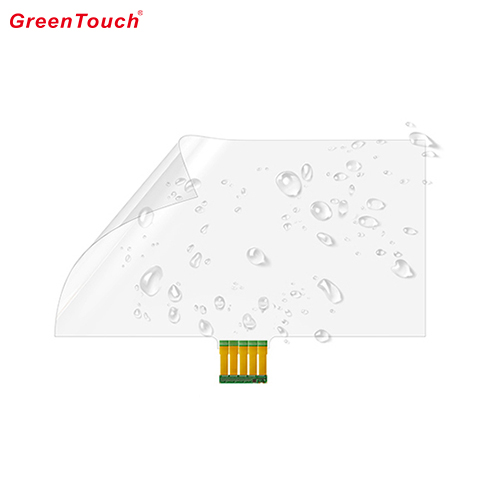
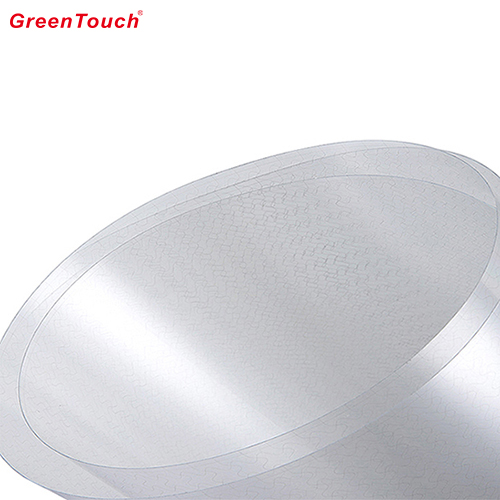
Capacitive Touch Film,Nano Touch Foil,Nano Touch Film,Interactive Touch Film,Capacitive Touch Foil Film,Interactive Multi Touch Foil
ShenZhen GreenTouch Technology Co.,Ltd , https://www.bbstouch.com